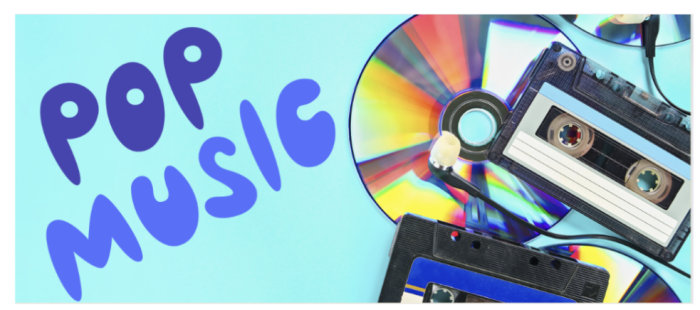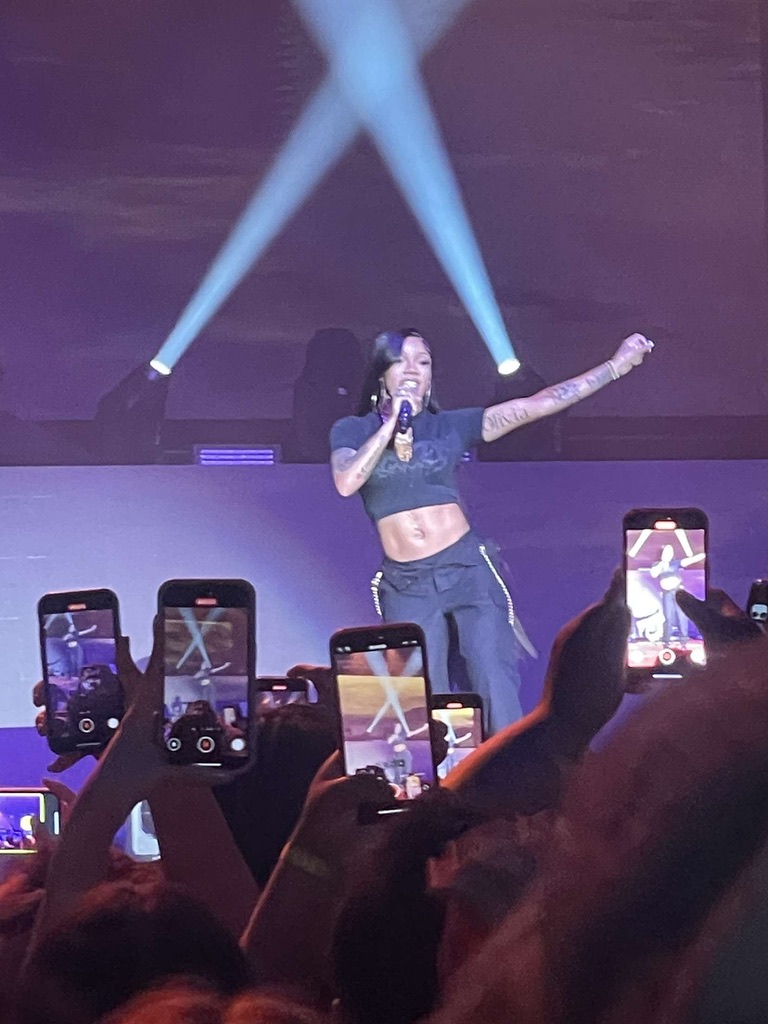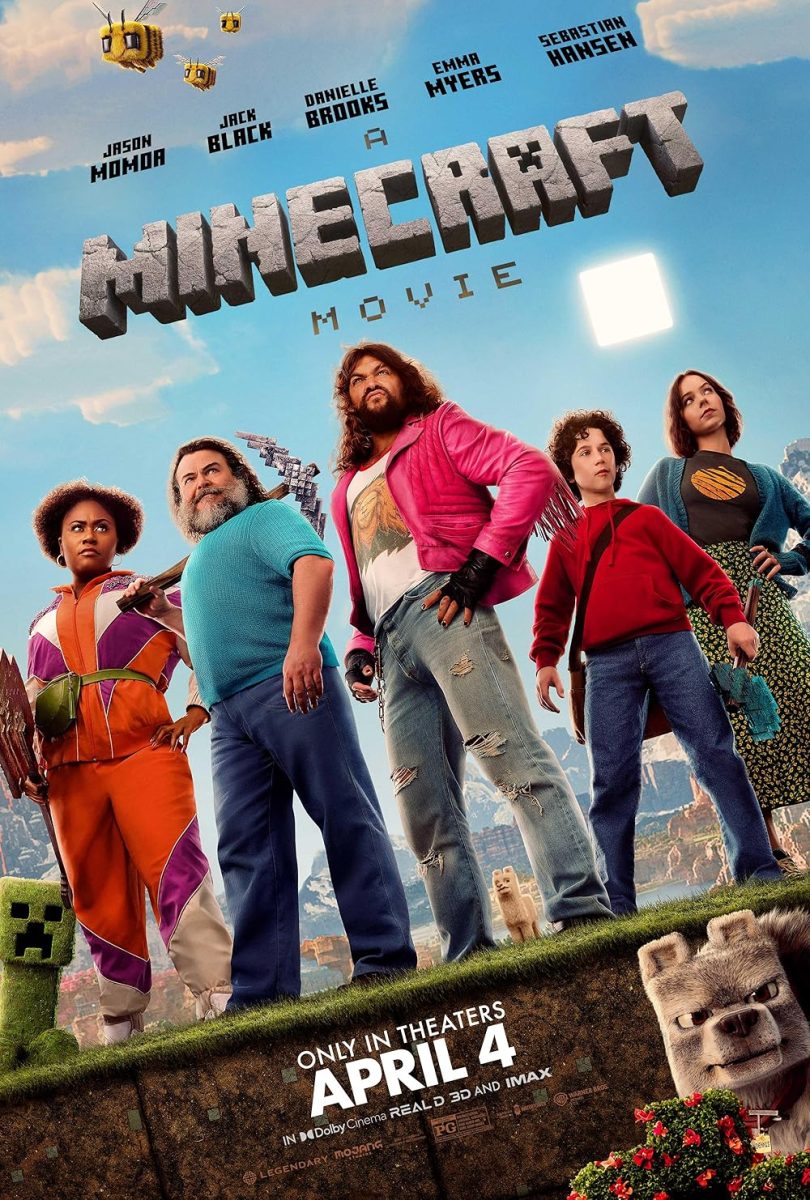Humans have experimented with music for our entire existence, and it has been an essential part of society since Ancient Times. However, the musical landscape of today looks very different from the musical landscape thousands of years ago. Historically, music carried a purely ceremonial and often religious role, commonly played in churches, sporting events, or coronations. Musicians themselves, despite being highly respected in ancient society, were far from global superstars, and were limited drastically by both the comparatively primitive technology of their time as well as the cultural role of musicians.
Things have undoubtedly changed exponentially. Music can now be produced digitally in a matter of seconds, it’s a multi-billion dollar industry on its own, and music stars are some of the biggest names on the planet, with artists like Taylor Swift earning more from her Eras Tour than the entire GDP of nations such as Micronesia. A catalogue of recent headlines describe how Taylor Swift “redefines” everything from “music,” the “music business,” and even “pop music theory.” The first two releases in Beyone’s trilogy have similarly been described as “redefining” “the concept of genres” and even “history.”
So how does music, pop music in particular, evolve?
Choir and Music Theory teacher Eric Clayton cited the rise of Rap as a massive change to the music industry during his lifetime.
“During my childhood, Hip Hop was only emerging, and in high school it was just starting to become really popular. So I would say that Rap has tremendously changed popular music. Almost every popular music genre has been impacted by it. Whether it be with sampling, beats, and lyrical subject matter,” Clayton stated.
This meteoric rise in popularity becomes even more evident when you look at the legacies of artists such as Drake, Jay-Z, and so many other hip-hop artists who’ve built empires over the last four decades.
According to Clayton, the evolution of popular music can often depend on music genres getting resurrected decades after they became mainstream. Clayton cited 90s groups like Nsync and the Backstreet Boys, which referenced the Beach Boys, and punk, resurfacing in groups like Green Day. “Pop music is constantly incorporating different elements and genres,” Clayton stated.
This trend is especially noticeable when realizing how crossover-heavy popular music has become. Artists are constantly blurring the lines of their genres, such as with the R&B-infused hip hop that Drake used to ride his way to the top and the country-pop fusion that made Taylor Swift the most powerful woman on Earth.
Joseph Hergenreder, a fellow music theory teacher at St. Joseph’s Catholic Academy, echoes Clayton in talking to his students.
“My generation’s punk rocker is today’s SoundCloud rapper, meaning that both generations participated in creating their own music,” Hergenreder said. “And people who do that today are more influenced by the digital accessibility of online composition, so we’re seeing less student bands and more stuff released digitally.”
Even beyond SoundCloud, online content creation is becoming more and more influential in terms of boosting popular music to new heights. TikTok has played an enormous role in boosting now-famous artists such as Olivia Rodrigo, Lil Nas X, and Doja Cat to stardom.
State High Band Director Paul Leskowicz noted multiple shifts in his lifetime both in instrumentation and lyrically.
“When I was a kid in the 70s, it was disco music that was considered really popular. When I was a teenager in the 80s, we switched to classic rock, and I found that at that point, the use of electronic synthesizer really started to take off,” Leskowics said. “And there was fear among more traditional artists that this would replace traditional types of music. But by the 90s, those fears largely subsided, as people realized that traditional songwriting was still here to stay. The content of popular music has also changed substantially. The usage of obscene language has become far more common in society, and music has really led the charge with that. Rap really made it mainstream, and now it’s common for pop stars to drop the f bomb.”
Clayton cites the change in listening technology as an external force impacting lyrics.
“The decline in face-to-face interaction has affected how songs are written. The way music has now become so accessible through headphones and devices has really changed the way we listen to it as well,” Clayton said. “When Pink Floyd made Dark Side of the Moon, it was meant to be really listened to, not just for driving around and listening to in the car. You had to sit down and listen to it.”
These shifts in how we listen have paved the way for more genre crossovers.
“When I was in my teens, country music was generally seen as this niche thing that was taboo to like. Nowadays, it’s absolutely enormous. Hundreds of thousands of people went to see Luke Combs in Beaver Stadium. Some of the most popular artists like Taylor Swift, Post Malone, and Beyonce are all releasing country music,” Hergenreder noted.
Looking forward to future evolutions in popular music, Clayton, Hergenreder, and Leskowicz had the following predictions.
First, all three agree that the use of AI will accelerate debates over technology bypassing creativity but only time will tell what the effects will be.
Clayton predicts that the usage of AI will actually result in the exploration of richer, more diverse sound. “In 2034, I think a lot of music will have been ai-generated by that time, so the industry will have fought back with more creativity and authenticity. I think the fact that everything sounds so similar will change people’s tastes, and I think that the materialism will die down, too, and the lyrics will become more personal and sophisticated.”
Hergenreder’s predictions center around crossover, and how music will start to sound. “In ten years, popular music will encompass more than it ever has as a result of the constant crossover that’s going on. We’ll also get more electronic and digitally-produced music, but I also think we’ll see as an antidote more traditional americana-type music, so there’s really going to be a lot going on there, too.”
Finally, Leskowicz ends with an uneasy, yet hopeful message for the future. “I hope that popular music in 2034 will sound better than it does now. I’m not really that big a fan of popular music currently. When I listen to Taylor Swift, it sounds fine, well-produced, and competently made, but nothing about it really clicks with me. I hope this isn’t the best we can do. So I hope we take a look at the last 50 years of music and analyze all of the best stuff, and figure out what made it so great.”
Popular music has evolved in diverse and unexpected ways over recent decades influenced by various social changes, technological advancements, and artistic movements. The only thing certain about the future of popular music is a continued evolution. Listen to hear what the future holds.









